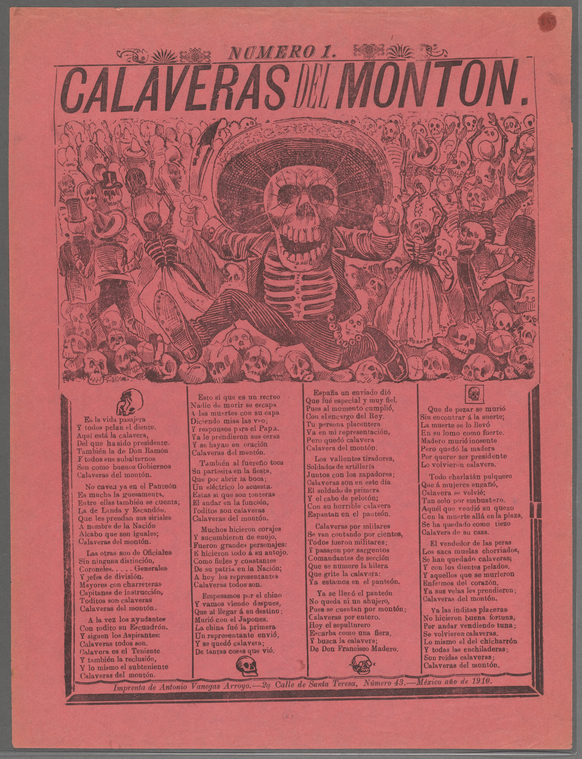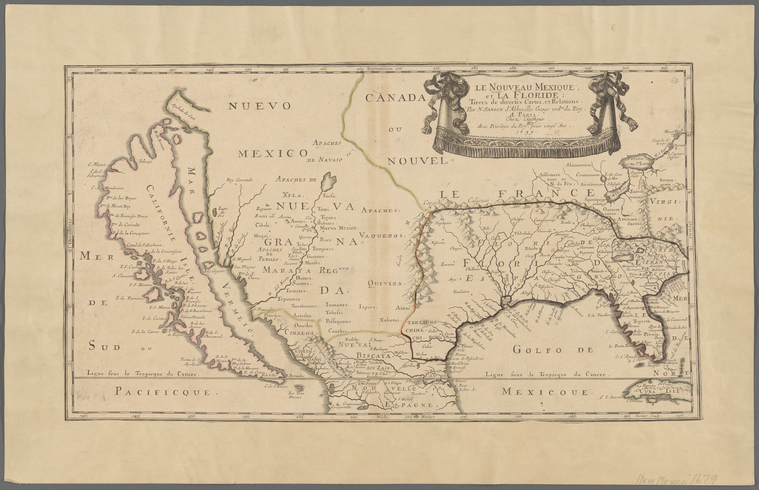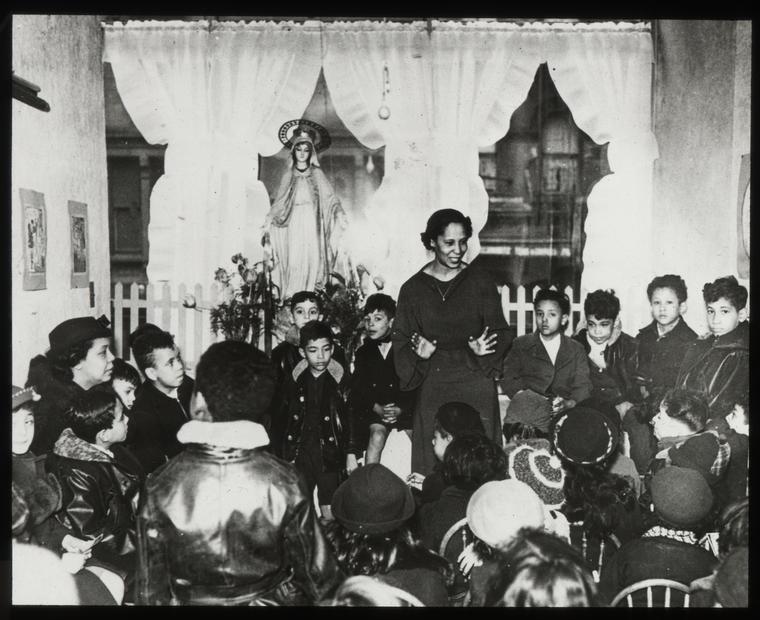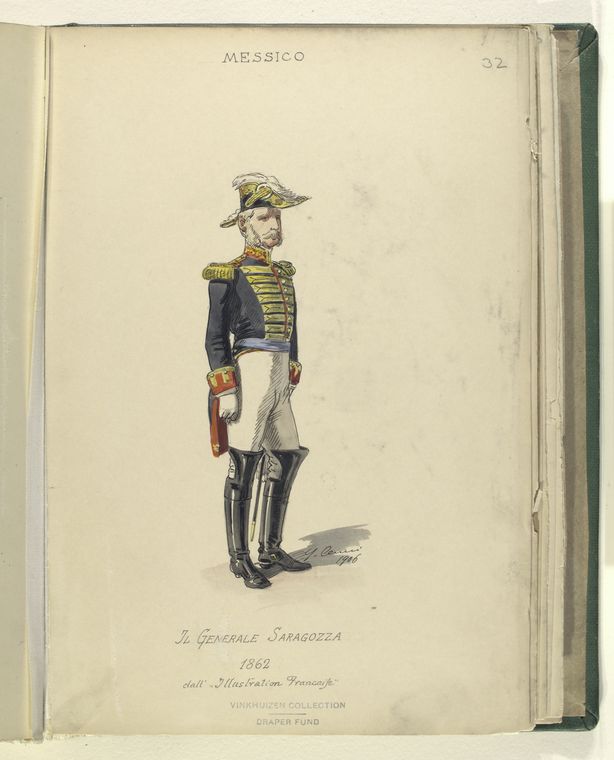En la calaca está la clave: Una nota sobre las imágenes tradicionales del Día de Muertos
by Paloma Celis Carbajal, Curator for Latin American, Iberian, and U.S. Latino Collections, Stephen A. Schwarzman Building
November 1, 2021
Los esqueletos, las calaveras y los huesos son imágenes esenciales que usamos en Halloween para causar espanto. Estas también son imprescindibles para el Día de Muertos, una celebración mexicana que se está volviendo más conocida en los Estados Unidos. Sin embargo, para el Día de Muertos, esos esqueletos, calacas y calaveras no tienen el objetivo primordial de dar miedo.
The Skeleton Is Key: A Note on Traditional Day of the Dead Imagery
by Paloma Celis Carbajal, Curator for Latin American, Iberian, and U.S. Latino Collections, Stephen A. Schwarzman Building
November 1, 2021
Skeletons, skulls, and bones are essential and spooky images for Halloween. They are also essential imagery for Día de Muertos (Day of the Dead in English)—a Mexican celebration that is growing more common in the U.S. But, for Día de Muertos, those skeletons and skulls, calaveras in Spanish, are not meant to be scary.
De hispano a latine: El Mes de la Herencia Hispana y los términos que nos unen
by Paloma Celis Carbajal, Curator for Latin American, Iberian, and U.S. Latino Collections, Stephen A. Schwarzman Building
September 5, 2021
Una breve e interesante historia de la evolución de los términos usados para identificar a las personas con ascendencia de territorios de habla hispana o de países al sur de los Estados Unidos.
Doc Chat, Episodio veintiséis: Visiones de las pandemias de 1918 y 2009 en la prensa y literatura mexicanas
by Paloma Celis Carbajal, Curator for Latin American, Iberian, and U.S. Latino Collections, Stephen A. Schwarzman Building
June 2, 2021
En aqui episodio, NYPL's Paloma Celis Carbajal exploré junto con Óscar A. Pérez, profesor de Lengua Española y Estudios Hispánicos en la Universidad de Skidmore (Skidmore College), algunas de las expresiones culturales en México durante las pandemias de influenza de 1918 y 2009 a través de periódicos y otros materiales digitalizados.
Pura Belpré de la NYPL: la primera bibliotecaria puertorriqueña y defensora apasionada de la biblioteca
by Paloma Celis Carbajal, Curator for Latin American, Iberian, and U.S. Latino Collections, Stephen A. Schwarzman Building
March 16, 2021
Belpré fue una defensora entusiasta de la comunidad de habla hispana. Fue la primera en organizar horas de cuentacuentos en español y en inglés contando de propia voz leyendas y cuentos populares de su natal Puerto Rico. Además, comenzó a adquirir libros en español con los cuales las comunidades hispanas se sintieran identificadas y coordinó actividades relacionadas con tradiciones latinoamericanas.
NYPL’s Pura Belpré: The Library's First Puerto Rican Librarian and Passionate Advocate
by Paloma Celis Carbajal, Curator for Latin American, Iberian, and U.S. Latino Collections, Stephen A. Schwarzman Building
March 1, 2021
Belpré was an enthusiastic advocate for the Spanish-speaking community and shepherded in bilingual story hours, stockpiling Spanish-language books, and advancing programs based on traditional holidays such as Three Kings Day.
From Hispanic to Latine: Hispanic Heritage Month and the Terms That Bind Us
by Paloma Celis Carbajal, Curator for Latin American, Iberian, and U.S. Latino Collections, Stephen A. Schwarzman Building
September 29, 2020
A brief and interesting history of the evolving language used to identify people with ancestry from Spanish speaking territories or from countries south of the U.S.-Mexican border.
Cyberspace and Poetry: Pandemics and Finding Comfort Through Words In Community
by Paloma Celis Carbajal, Curator for Latin American, Iberian, and U.S. Latino Collections, Stephen A. Schwarzman Building
June 17, 2020
A series of poetry workshops, led by Silvina López Medin, resulted in the creation of a zine of participants' work.
Cinco datos poco conocidos sobre el Cinco de Mayo
by Paloma Celis Carbajal, Curator for Latin American, Iberian, and U.S. Latino Collections, Stephen A. Schwarzman Building
May 5, 2020
La forma en que representamos hechos y personajes históricos tiene una fascinante manera de cambiar con el tiempo. Tomemos, por ejemplo, el Cinco de Mayo, también conocido en México como la Batalla de Puebla.
Five Little-Known Facts About Cinco de Mayo
by Paloma Celis Carbajal, Curator for Latin American, Iberian, and U.S. Latino Collections, Stephen A. Schwarzman Building
May 5, 2020
It is not Mexican Independence Day—ultimately, it's a holiday about being proud of your ancestry.
 With your library card, it's easier than ever to choose from more than 300,000 e-books on SimplyE, The New York Public Library's free e-reader app. Gain access to digital resources for all ages, including e-books, audiobooks, databases, and more.
With your library card, it's easier than ever to choose from more than 300,000 e-books on SimplyE, The New York Public Library's free e-reader app. Gain access to digital resources for all ages, including e-books, audiobooks, databases, and more.




